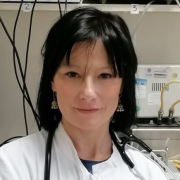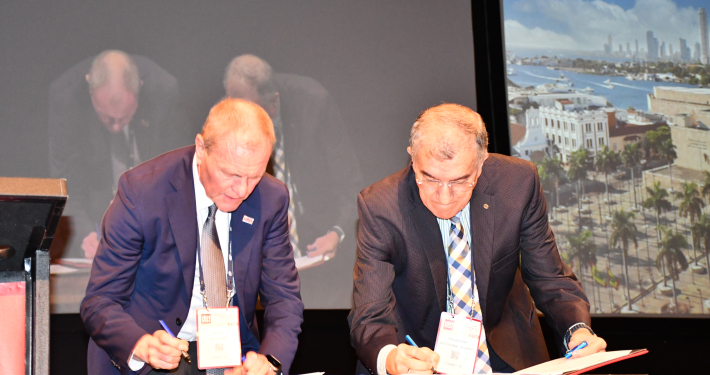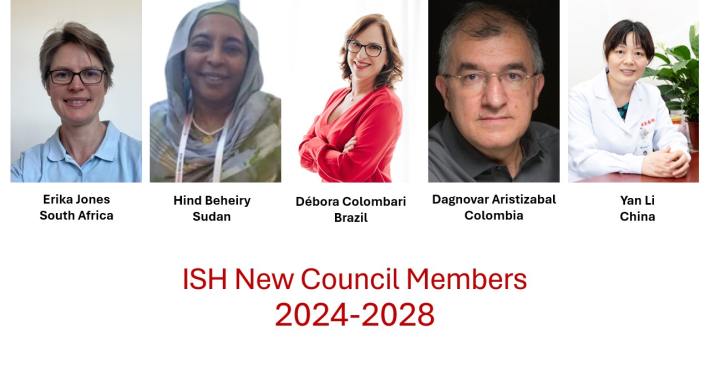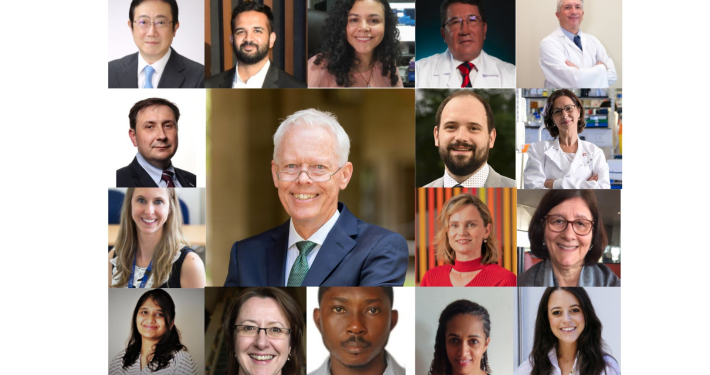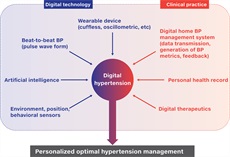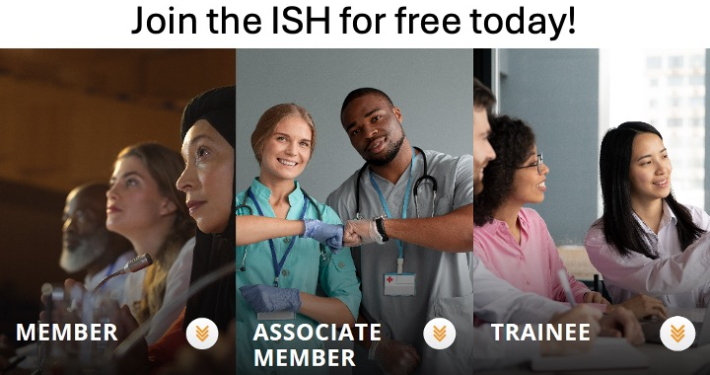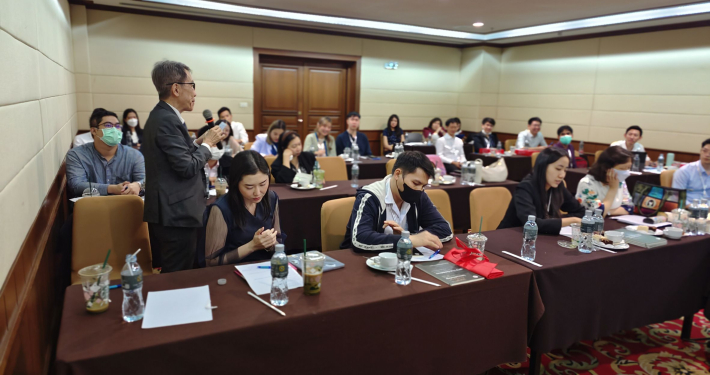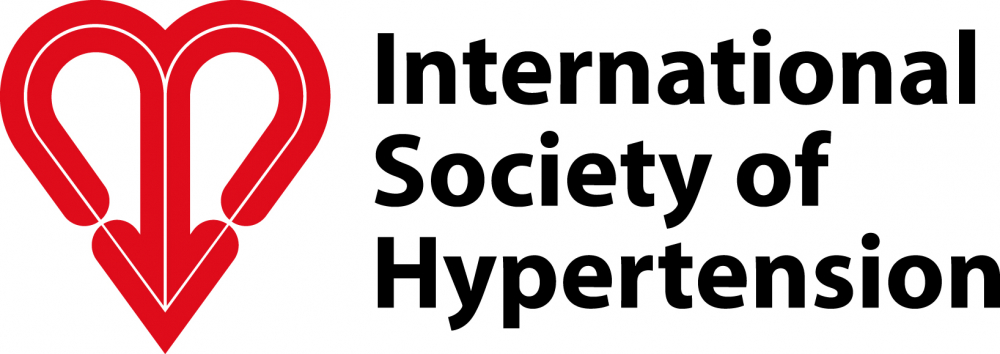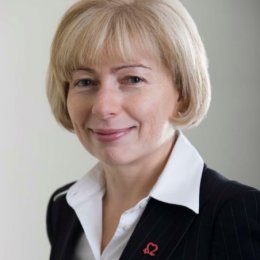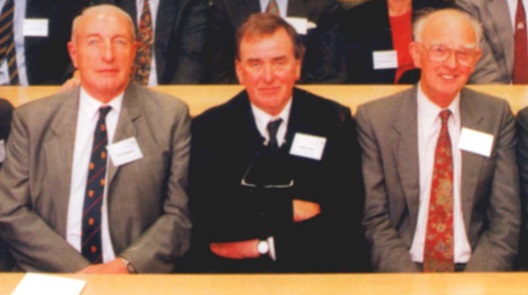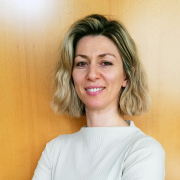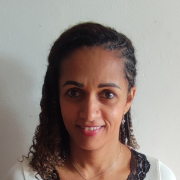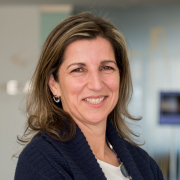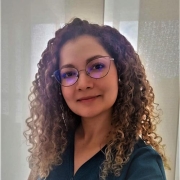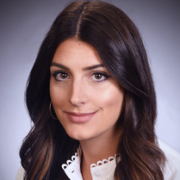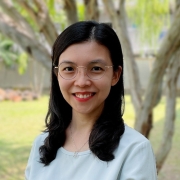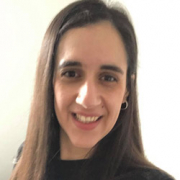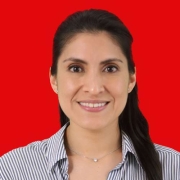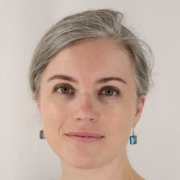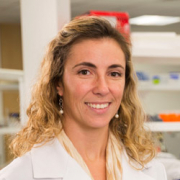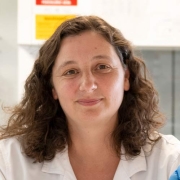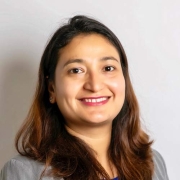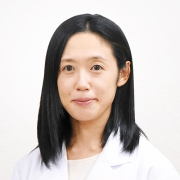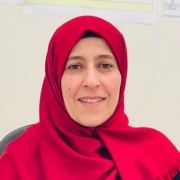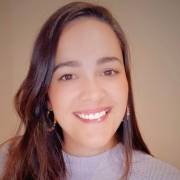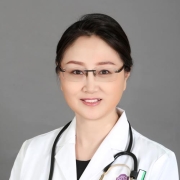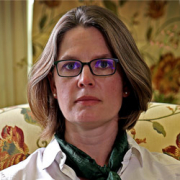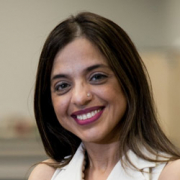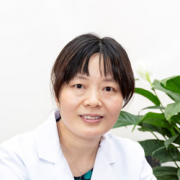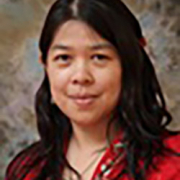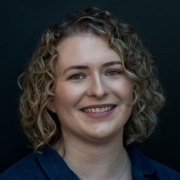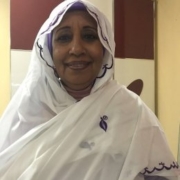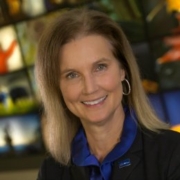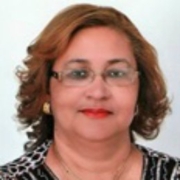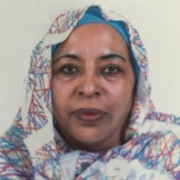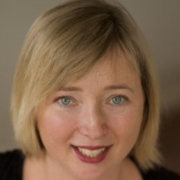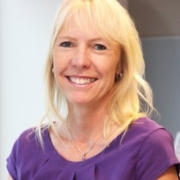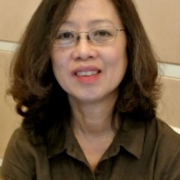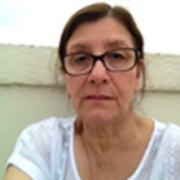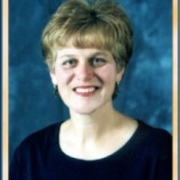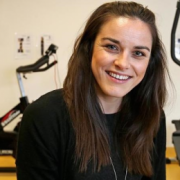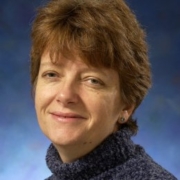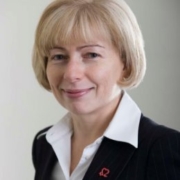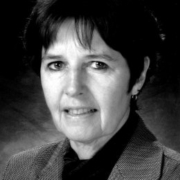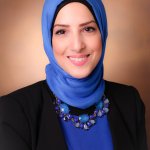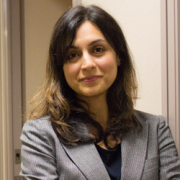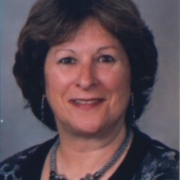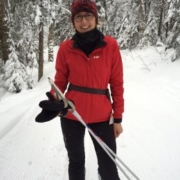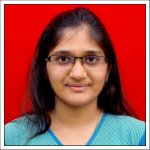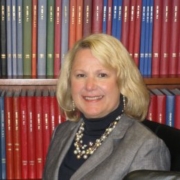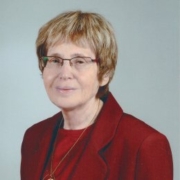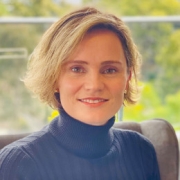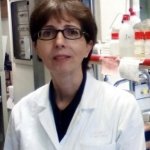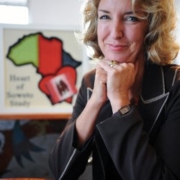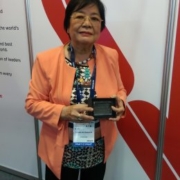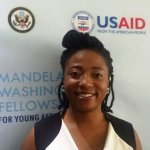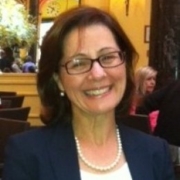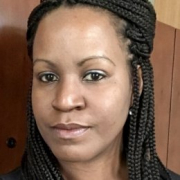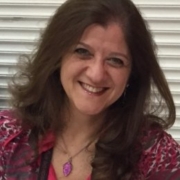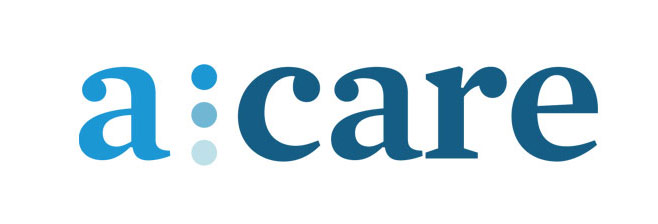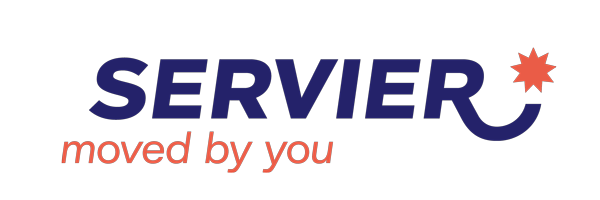1. What is your role at your work?
Senior academic leadership/Clinician Scientist
2. How did you get interested in your career path?
As a third year medical student I became interested in research, especially hypertension research.
3. What are you most proud of in your career or otherwise?
Leading by example, bringing multidisciplinary teams together, mentoring young researchers who are now full Professors.
4. What important career challenges have you faced and how did you overcome them?
Developing my academic career in Scotland, where at that time there were very few senior women clinical academics and none in internal medicine.
5. What advice would you give your younger self?
To speak my mind even more than I used to.
6. Highlight your most significant research contributions and publications (3-5) – if relevant to you.
1. Jeffs B, Clark JS, Anderson NH, Gratton J, Brosnan MJ, Gauguier D, Reid JL, Macrae IM, Dominiczak AF. Sensitivity to cerebral ischaemic insult in a rat model of stroke is determined by a single genetic locus. Nature Genetics 1997;16:364-367.
2. Tomaszewski M, Charchar FJ, Lynch MD, Padmanabhan S, Wang William YS, Miller WH, Greszczak W, Maric C, Zubowska-Szczechowska E, Dominiczak AF. Fibroblast growth factor 1 gene and hypertension – from the quantitative trait locus to positional analysis. Circulation 2007;116:1915-1924.
3. Padmanabhan S, Melander O, Johnson T, Di Blasio AM, Lee WK, Gentilini D, Hastie CE, Menni C, Monti MC, Delles C, Laing S, Corso B, Navis G, Kwakernaak A, van der Harst P, Bochud M, Maillaird M, Burnier M, Hedner T, Kjeldsen S, Wahlstrand B, Sjögren M, Fava C, Montagnana M, Danese E, Torffvit O, Hedblad B, Snieder H, Connell JMC, Brown M, Samani NJ, Farrall M, Cesana G, Mancia G, Signorini S, Grassi G, Eyheramendy S, Wichmann HE, Laan M, Strachan DP, Sever P, Shields D, Stanton A, Vollenweider P, Teumer A, Völzke H, Rettig R, Newton-Cheh C, Arora P, Zhang F, Soranzo N, Spector T, Lucas G, Kathiresan S, Siscovick D, Luan J, Loos RJF, Wareham NJ, Penninx BW, Nolte IM, McBride M, Miller WH, Nicklin SA, Baker AH, Graham D, McDonald RA, Pell J, Sattar N, Welsh P, Munroe PB, Caulfield M, Zanchetti A, Dominiczak AF. Genomewide association study of blood pressure extremes identifies variant near UMOD associated with hypertension. PLoS Genet. 2010;6:e1001177.
4. Graham LA, Padmanabhan S, Fraser NJ, Kumar S, Bates JM, Raffi HS, Welsh P, Beattie W, Ferreri NR, Hao S, Leh S, Hultstrom M, Dominiczak AF, Graham D, McBride MW. Validation of uromodulin as a candidate gene for human essential hypertension.Hypertension 2014;63:551-558.
5. Menni C, Graham D, Kastenmuller G, Alharbi NH, Alsanos SM, McBride M, Mangino M, Titcombe P, Shin SY, Psatha M, Geisendorfer T, Huber A, Peters A, Wang-Sattler R, Xu T, Brosnan MJ, Trimmer J, Reichel C, Mohney RP, Soranzo N, Edwards MH, Cooper C, Church AC, Suhre K, Gieger C, Dominiczak AF, Spector TD, Padmanabhan S, Valdes AM. Metabolomic Identification of a Novel Pathway of Blood Pressure Regulation Involving Hexadecanedioate. Hypertension 2015;66:422-429.
7. Have you had any significant career mentors? If yes, please provide further details.
Professors Lever, Robertson and Brown in Glasgow and Professor David Bohr, University of Michigan.
